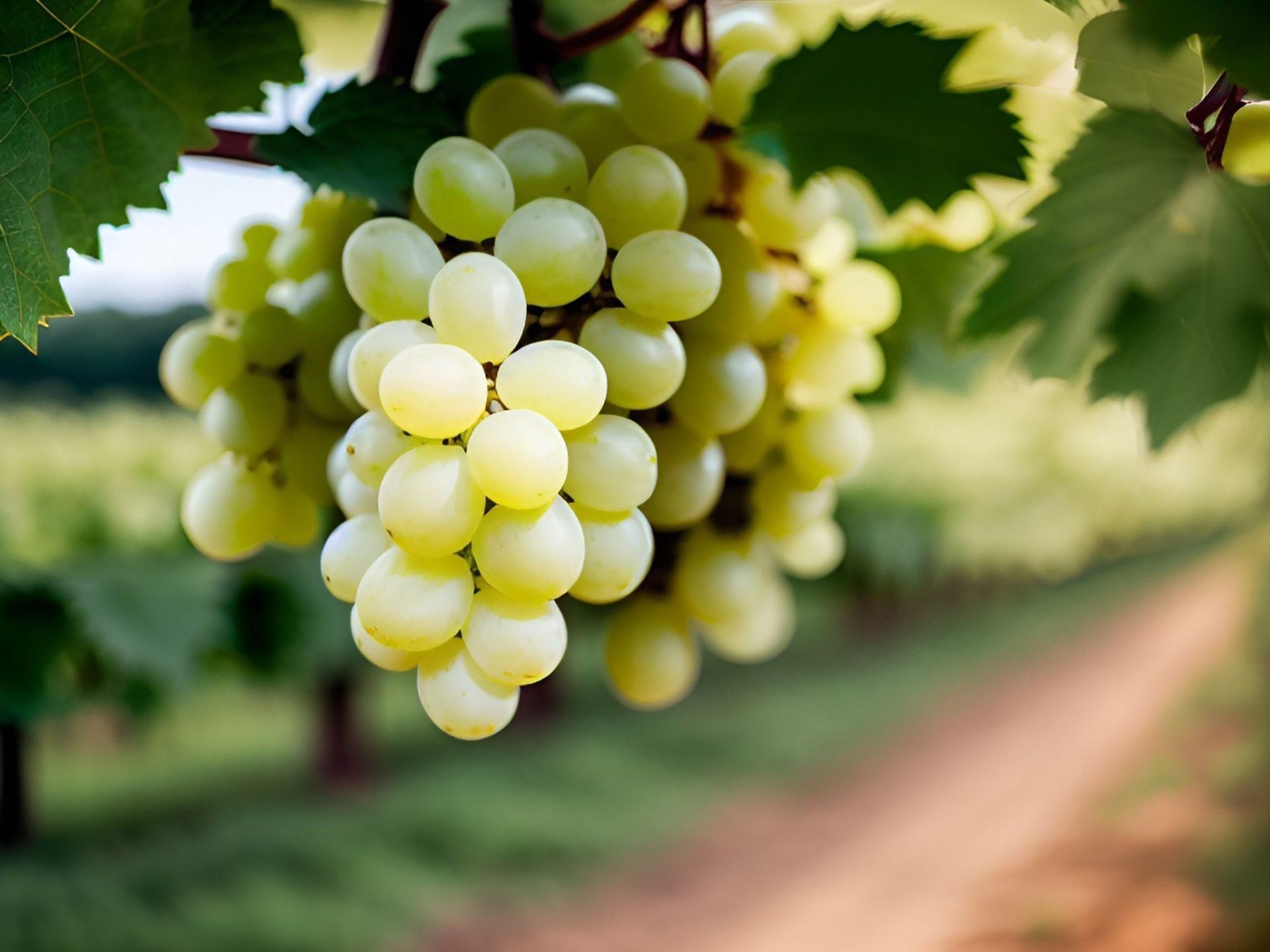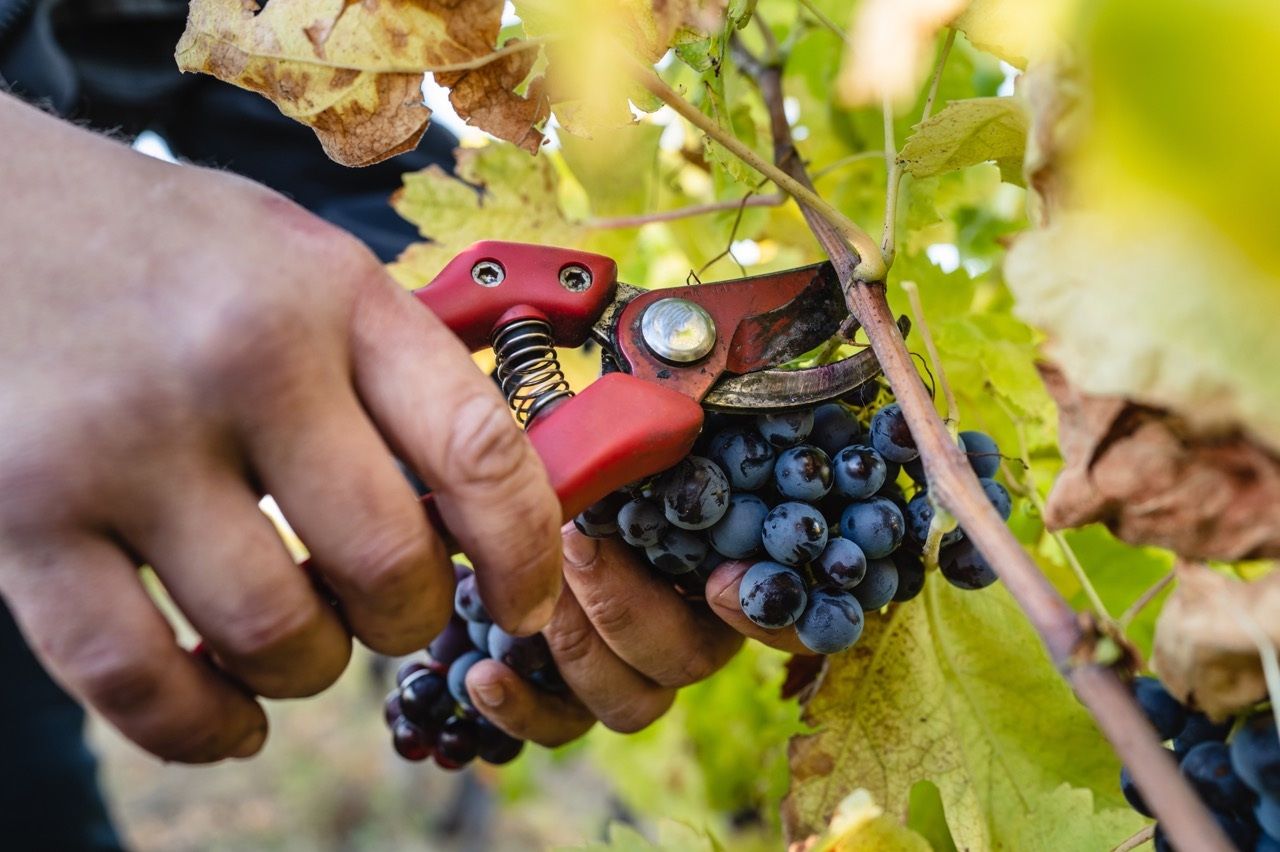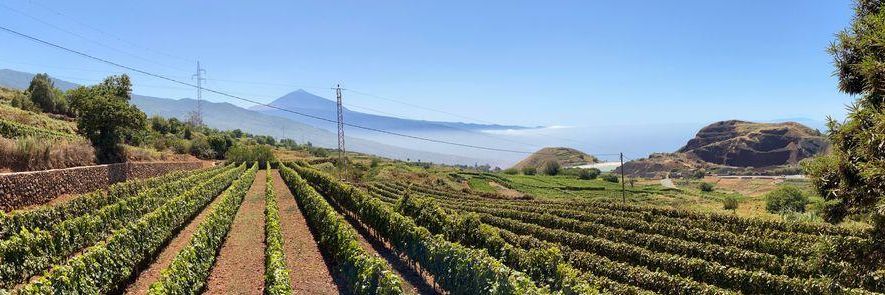Pruning
José Augusto Cabrero Galvan, is our field oenologist. Together with his brother Pablo, who's also a field oenologist, they love to work in and with nature. Pablo even recently quit his job as an IT expert at Mercadona to be able to work outside 24/7.
Don’t make any mistake, the outdoor work in the vineyards is not always nice and smoot, they have to plan everything meticulously when there are more than 40 hectares of vineyards to be pruned. Many of the vineyards these brothers manage, are in the south of the island, the later-blooming vineyards are in the north, and the very late-blooming vineyards, including Tabares4, are found in the highest areas on the north side.
José en Pablo start up the pre-pruning already in October/November every year, but it take months before the last cutting is finished.

While pruning they are thinking and observing all the time, conscious choices are made under the influence of the winter course (dry or wet), the location, the profile and the height of the plot, the age of the vineyard, the drying capacity of the wind, the number of llamas (twigs, sprouts) per meter… and the cultivation method.
José and Pablo tell us that the term "prune" comes from Latin, from the word “putare”. In ancient times this meaning was connected to “thinking, consideration or reflection...” Previous generations of winegrowers had already well understood, to link “pruning work” to a stress-free period of reflection and meditation. For our pruning team, pruning is an artisanal process in which they carefully design the ideal shape for each vine. The shape ensures better light and air permeability of the grape vine, and almost automatically the crop and grapes remain healthier and the fruits color more simultaneously.
"The quality of the wine depends on the right pruning…
Not everyone can prune well, it takes a lot of love for the profession and a lot of experience. Indirectly, pruning is one of the most important basic tasks in the winemaking process."

"The quality of the wine depends on the right pruning… Not everyone can prune well, it takes a lot of love for the profession and a lot of experience. Indirectly, pruning is one of the most important basic tasks in the winemaking process."
Every cut is perfectly smooth, and leave the smallest possible cutting surface on the wood.
The entire pruning work is discussed in detail with Richard Guitierez de Salamanca, our bodega oenologist and with Pablo, José Augusto’s brother.
He says about this: “The quality of the soil and the pruning are the most important factors for the wine. Depending on the pruning, the quality of the grapes and quantity of production can vary enormously". Our wines follow the French cultivation method, we limit ourselves to a maximum of 4500 kg/ha. When we have pruned correctly, there’s almost automatically a smaller number of grape bunches, and the direct influence of the terroir is immediately passed on to all the bunches.
“Not everyone can prune well,” says Pablo. “It takes a lot of love for the profession and a lot of experience. Indirectly, pruning is one of the most important basic tasks in the winemaking process.”
Although pruning technology is very advanced, it is a process that cannot be mechanized. It is done manually and with the help of secateurs and protective gloves. The basics of proper pruning starts with spending enough time, analyzing each individual vine and pruning it according to their needs."
José and Pablo say about this: “our pruning is more respectful for the vines, because it makes smaller cuts and on the other hand reduces injuries to the perennial structure of the plant. Each time a pruning wound occurs, the plant responds naturally by closing the lymphatic vessels that carry the lymph to the portion of the harvested wood, creating 'dry cones'. The subsequent dehydration over the years, due to successive pruning, reduces the amount of living wood, which is basically the stock warehouse with reserve materials used by the plant at the time of germination, and also reduces the number and efficiency of the lymphatic vessels to the leaves and to the roots.
In our vineyards at La Matanza de Acentejo, we chose the Guyot planting system.
This planting system is also known as "dagger and sword" or "thumb and stick". The Guyot system makes it possible to anticipate the growth of the vine, to improve the production and the quality of life of the vineyard. During the winter, when most of the leaves have fallen, pre-pruning can start for the Guyot method. In this system, a main branch is created at the level of the lower metal support wire with one or two arms at the same height. Not several thumbs (2-year-old wood) remain, but only one, plus one sprout (1-year-old wood). In practice, there are 4 to 5 buds per meter, every 25 cm you’ll see the same combination.
This is the pruning system used in all our vineyards, due to that we harvest higher quality grapes. “We go from vine to vine and use both hands,” says José Augusto. "The secret is to well observe the trunk before each cut, aiming to respect the plants shape as much as possible and not to make large cuts to avoid wood diseases in the future." It is often necessary to intervene additionally, by applying green pruning. As a result, the ripening of the grapes is more simultaneously and the development of each bunch is better controlled. This also makes the bunches more visible and the harvest advances faster. In the event that there’s no “green pruning” afterwards , the vine will have the appearance of a shrub, full of twigs and leaves. This causes too much competition between the bunches. As a result, new sprouts will not be able to develop normally and an unfavorable, too humid microclimate is created in the grapevine plant itself. Moreover, plant protection products and pest management become less efficient because the crop does not allow enough airflow passage.
After our entire vineyard has been pruned, the twines are collected and disposed of in a controlled manner, to ensure that the infected wood remains on the soil and can re-infect the young twigs immediately in spring time. On the European mainland, the pruned wood is often mulched. The advantage of this is the composting material, the positive bacteria in the soil and the time savings, but the disadvantage of reinfection the vine with plasmopara is not worth taking the risk.
Grape pruning wood is very interesting to be used on the BBQ, it provides an excellent aroma to grilled meat and fish, and… artisan pizza bakers are really looking out for it to fire their ancient stone pizza ovens. The clefts in the hands of José and Pablo have already designed the shape of our vineyards for 2 decades. The quality of our La Vica, the El Natero, the La Orantia and the Las Arenas is molded by their hands. Therein lies the essence of our wine production in Tenerife… The new life of a wine always begins in the soil below.
